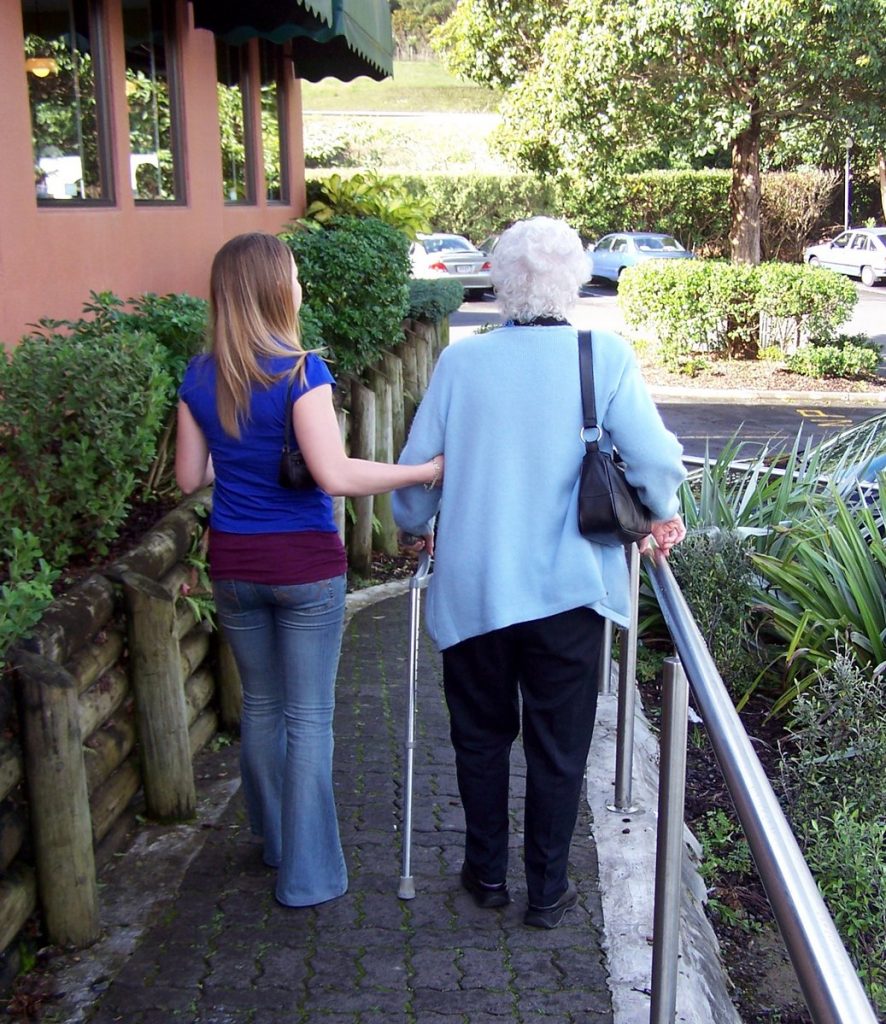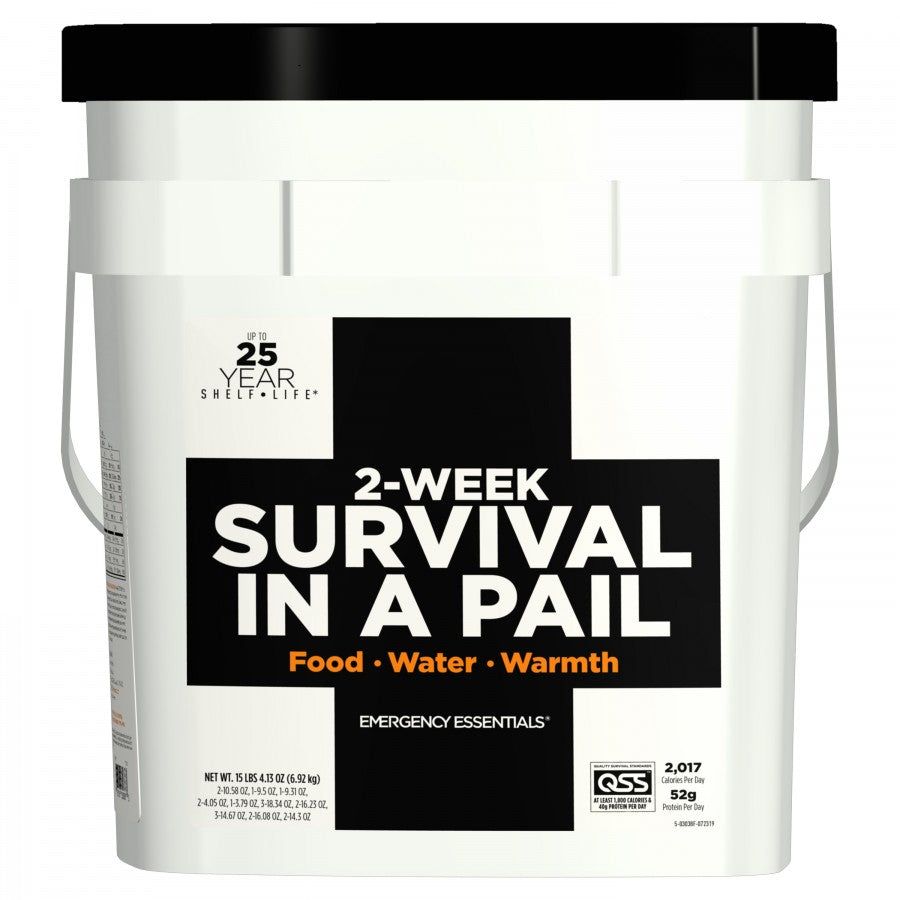
September is
National Preparedness Month, and it isn’t a random selection—it’s the time of year when natural disasters tend to hit hardest across the United States. The risk for wildfires, hurricanes, tornadoes, floods, and severe thunderstorms all rise as hot summer temperatures begin to clash with the cooler temperatures of autumn, precipitating major weather events. And to be sure, earthquakes are always lurking.
Another reason that September is preparedness month is it’s when kids go back to school, and that means schedules and lots of planning. Family planning is a big part of emergency preparedness. Every household should have one.
Emergency preparedness plans don’t just materialize out of thin air
. They require families to communicate and agree on important details for when the unexpected occurs. Here are a few things to keep in mind:
Agree on TWO Meeting Spots
Most experts tell you to you establish a meeting spot for when disaster strikes, but I actually recommend establishing two: one inside or near your home and another in a location that a safe distance away (in an adjacent neighborhood, for example).
That’s because natural disasters aren’t concerned about our schedules or convenience. They’re as likely to strike in the middle of the day when the family is separated as they are at night when everyone’s home. You’ll want to be prepared for either situation.
If you’re at home, you’ll want to know whether to meet your loved ones in the basement, the attic, or in the yard. If you’re at school or work and others are at home (separated), you’ll also want to know where to Replace and track down your family members. Sure, getting together seems like a quick text or call away. But what if the
lines are jammed, the batteries die, devices get lost or left behind? Peace of mind will be having two established meetup spots beforehand.
FEMA’s Recommendations for Family Planning
[caption id="attachment_30982" align="alignnone" width="519"]

Every family is different and a great emergency plan will account for age, disabilities, etc.[/caption]
The Federal Emergency Management Agency (FEMA) advises to also consider these factors
when developing a plan:
- Different ages of members within your household
- Responsibilities for assisting others
- Locations frequented
- Dietary needs
- Medical needs including prescriptions and equipment
-
Disabilities or access and functional needs including devices and equipment
FEMA’s Recommendation for an Emergency Supply
[caption id="attachment_30983" align="alignnone" width="428"]

FEMA recommends at least two weeks of emergency supplies.[/caption]
To be sure, an emergency supply kit is essential. Food and water and sources of comfort will be needed if you have to shelter in place or evacuate. FEMA recommends that every household have two weeks of emergency supplies stored away.
Of course, putting all of this in place is easier said than done. Stay tuned in the coming weeks for more advice on how to prepare your family for emergency situations.
 September is National Preparedness Month, and it isn’t a random selection—it’s the time of year when natural disasters tend to hit hardest across the United States. The risk for wildfires, hurricanes, tornadoes, floods, and severe thunderstorms all rise as hot summer temperatures begin to clash with the cooler temperatures of autumn, precipitating major weather events. And to be sure, earthquakes are always lurking.
Another reason that September is preparedness month is it’s when kids go back to school, and that means schedules and lots of planning. Family planning is a big part of emergency preparedness. Every household should have one.
Emergency preparedness plans don’t just materialize out of thin air. They require families to communicate and agree on important details for when the unexpected occurs. Here are a few things to keep in mind:
September is National Preparedness Month, and it isn’t a random selection—it’s the time of year when natural disasters tend to hit hardest across the United States. The risk for wildfires, hurricanes, tornadoes, floods, and severe thunderstorms all rise as hot summer temperatures begin to clash with the cooler temperatures of autumn, precipitating major weather events. And to be sure, earthquakes are always lurking.
Another reason that September is preparedness month is it’s when kids go back to school, and that means schedules and lots of planning. Family planning is a big part of emergency preparedness. Every household should have one.
Emergency preparedness plans don’t just materialize out of thin air. They require families to communicate and agree on important details for when the unexpected occurs. Here are a few things to keep in mind:
 Every family is different and a great emergency plan will account for age, disabilities, etc.[/caption]
The Federal Emergency Management Agency (FEMA) advises to also consider these factors when developing a plan:
Every family is different and a great emergency plan will account for age, disabilities, etc.[/caption]
The Federal Emergency Management Agency (FEMA) advises to also consider these factors when developing a plan:
 FEMA recommends at least two weeks of emergency supplies.[/caption]
To be sure, an emergency supply kit is essential. Food and water and sources of comfort will be needed if you have to shelter in place or evacuate. FEMA recommends that every household have two weeks of emergency supplies stored away.
Of course, putting all of this in place is easier said than done. Stay tuned in the coming weeks for more advice on how to prepare your family for emergency situations.
FEMA recommends at least two weeks of emergency supplies.[/caption]
To be sure, an emergency supply kit is essential. Food and water and sources of comfort will be needed if you have to shelter in place or evacuate. FEMA recommends that every household have two weeks of emergency supplies stored away.
Of course, putting all of this in place is easier said than done. Stay tuned in the coming weeks for more advice on how to prepare your family for emergency situations.

